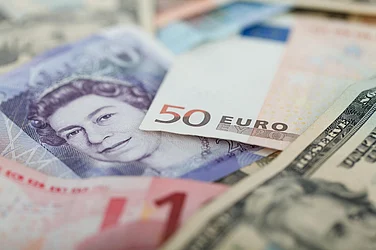In the monetary policy committee (MPC) meeting of the Reserve Bank of India (RBI) held on December 6, 2024, the repo rates were kept unchanged at 6.5 per cent for the 11th consecutive time. However, then RBI Governor Shaktikanta Das announced a reduction in the cash reserve ratio (CRR) for all banks to 4 per cent of their net demand and time liabilities (NDTL). The reduction, effective in two tranches of 25 basis points each from December 14 and December 28, 2024, aims to ease potential liquidity stress. The CRR cut will release approximately Rs 1.16 lakh crore into the banking system. Let’s understand what is CRR and what it means for the economy and bank customers.
What Is Cash Reserve Ratio?
CRR is the percentage of deposits banks need to hold as liquid cash with RBI. It cannot be used for lending or investments.
CRR ensures that banks maintain a minimum level of liquidity, thus reducing the risk of insolvency.
When RBI increases CRR, banks have less money to lend, which can slow down economic activity and control inflation.
Conversely, a decrease in CRR frees up more funds for lending, stimulating economic growth and encouraging investment.
CRR serves as a powerful tool for RBI. By adjusting CRR, RBI can fine-tune the money supply to achieve macroeconomic objectives, such as price stability, controlled inflation, and sustainable growth.
What It Means For The Economy
A higher CRR decreases the money supply and helps curb inflation by reducing liquidity in the economy.
It controls inflation, and can also slow down economic growth by limiting funds available for lending and investment.
The long-term impact of CRR on the economy is complex, as a high CRR can reduce credit availability and hinder growth.
A low CRR stimulates economic growth by increasing available funds for lending, but it may lead to inflationary pressures.
The optimal CRR level requires careful balancing by the central bank to achieve both price stability and economic growth, depending on the prevailing economic conditions.
What It Means For Customers
The impact of a CRR cut is not direct or automatic; its effect on interest rates is more pronounced if the central bank cuts repo rates, too.
The increase in liquidity due to a CRR cut may lead to higher interest rates on deposits depending on the banks.
CRR cut indirectly lowers the borrowing costs for banks, which they pass to borrowers with loans linked to the marginal cost of funds-based lending rate.
However, loans linked to the external benchmark lending rate may not experience the same reduction.
A lower rate of interest on loans makes access to credit easier, potentially boosting economic growth in the country.














